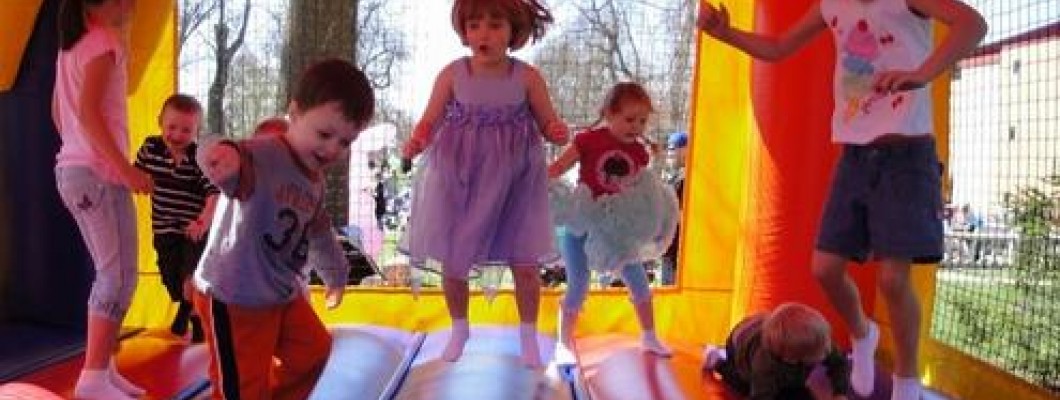
Bounce houses are designed to provide a fun and safe environment for children to play, but overcrowding can significantly increase the risk of accidents and injuries. Understanding these risks can help ensure a safer experience for all participants. Here’s a look at the potential dangers of overcrowding a bounce house:
1. Increased Risk of Injuries
Overcrowding a bounce house can lead to a higher incidence of collisions and falls. With too many children inside, there is less space to move around safely, increasing the likelihood of bumping into one another or falling awkwardly. This can result in sprains, fractures, and other injuries.
2. Reduced Airflow and Inflation
Each bounce house has a recommended capacity, and exceeding this limit can strain the blower system. Overcrowding may cause insufficient airflow, leading to a decrease in the bounce house’s inflation level. A poorly inflated bounce house can become unstable, posing additional safety risks.
3. Difficulty in Supervision
When a bounce house is overcrowded, it becomes challenging for supervisors to monitor all the children effectively. This can lead to a lack of control over behavior and increased chances of unsafe play, such as roughhousing or attempting dangerous stunts.
4. Increased Wear and Tear
Excessive use and overcrowding can cause increased wear and tear on the bounce house’s materials. This can lead to faster deterioration, including tears, rips, or damage to seams, compromising the structural integrity and safety of the bounce house.
5. Higher Risk of Equipment Malfunctions
When a bounce house is overloaded, the increased pressure can strain the inflatable structure and its components. This can lead to potential equipment malfunctions, such as blower failures or structural damage, which can create dangerous situations for children inside.
6. Impact on Bounce Quality
Overcrowding can affect the bounce quality of the structure. With too many children inside, the bounce house may not provide the same level of bounce and cushioning, making play less enjoyable and potentially more hazardous.
7. Emergency Response Challenges
In the event of an emergency, such as a medical incident or evacuation, overcrowding can complicate and delay response times. A crowded bounce house makes it harder to quickly and safely remove children from the area, increasing the risk of further injury or panic.
8. Violations of Safety Guidelines
Exceeding the recommended capacity of a bounce house often violates manufacturer safety guidelines and regulations. This can not only increase the risk of accidents but also result in liability issues for the organizer or rental company if an incident occurs.
Conclusion
To ensure a safe and enjoyable experience in a bounce house, it’s important to adhere to capacity limits and avoid overcrowding. By following safety guidelines, supervising play effectively, and maintaining the bounce house properly, you can help minimize risks and create a fun environment for all participants.


